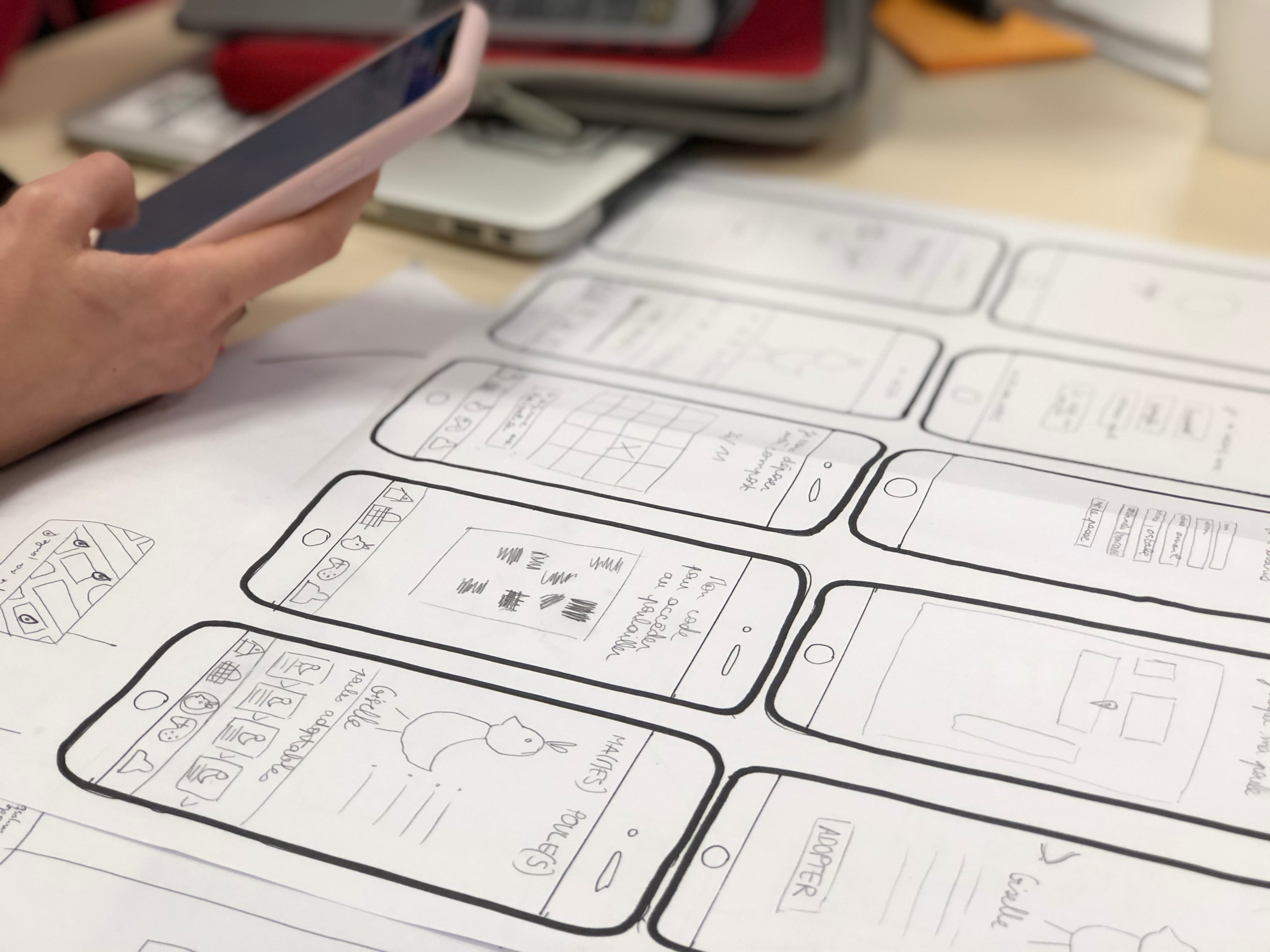22nd January 2019
The Benefits of Using Imagery in Web Design
User Experience (UX) refers to a wide field of concepts and ideas working towards one overall goal. However, there are a few fundamental concepts that are of paramount importance to ensure an overall positive UX. Without these fundamentals concepts, the overall experience may slip.
Information Architecture (IA) is the science of organising and structuring the content of websites and applications. The aim of IA is to organise the content in such a way that the users will be able to easily adjust to the functionality of the website or application and, hopefully, find everything they need without big effort.

IA is what will kick off any UX project as it provides the skeleton of what the final product will be like. Everything else, that we will come on to, such as visual design, functionality, user interface and, typography is built according to the IA.
Visual design takes up a large part of UX design and is often mistaken for UX design. Humans are naturally influenced and driven towards things that are aesthetically pleasing. In the case of UX design, visual design can have a huge impact on the overall experience for the user.

Visual design can be anything visible on a page from typography to imagery and all the way to colours. If a user can see it, it counts as visual design and you want to make sure it looks good.
Did you know first impressions are 94% design (or aesthetic) related?
Usability really comes down to whether your users are able to actually use your website or application. Usability really is the bare minimum of UX design. If they can at least use the website it isn’t a disaster but if they can’t use, they simply won’t bother trying to use it.
Choosing the right font and considering how text is displayed is often overlooked and considered less important for the overall user experience however, we tend to disagree. For the overall user experience, making sure the user can actually read the text is of paramount importance. Not only is ensuring it’s readable important but creating a consistent and aesthetic look can also have a large impact on the overall experience for the user by creating a visual language to follow.

It is extremely common for User Interface (UI) and UX to be confused and used in the wrong context. Simply, UI is mainly focussed on the visual elements that’ll contribute to the overall experience whereas UX is the experience as a whole and how the user feels while using the product.
Find out more about the difference between UX and UI in this blog about UX design myths.
Content has the power to go beyond just being informative but also creating a relationship with the user to keep them coming back long-term. Your content is where you will create a relationship with new users and help convey the personality of your business, create an impression and in turn, create an experience they will interact with. Ensuring you have a robust content strategy in place, with regular updates, will ensure your users continue having a positive experience time and time again.

Now that you have an understanding of the fundamental concepts of UX design have a think, does your website reflect these concepts? Is all the typography the same and is the information in a clear and cohesive order?
Are your users having a positive experience on your website?

Building an ecommerce store for 2021

7th February 2020
Why Mobile-First Web Design Is Becoming More Important

UX Design VS Data Security: The Best of Both Worlds
Conversion-led with proven R.O.I. success
Instant results, long-lasting impact.
Vast experience
Established since 2003, servicing local businesses and global brands.
Friendly and proactive support
We build personal connections, ensuring your brand is in safe hands.
We'd love to discuss your project
Tell us about your project and get a quote.
Are you in need of more business?
We can double your conversion rates by optimising the user experience
Get a FREE UX audit on your website